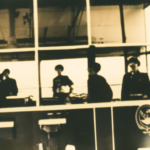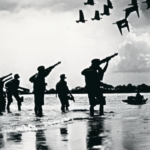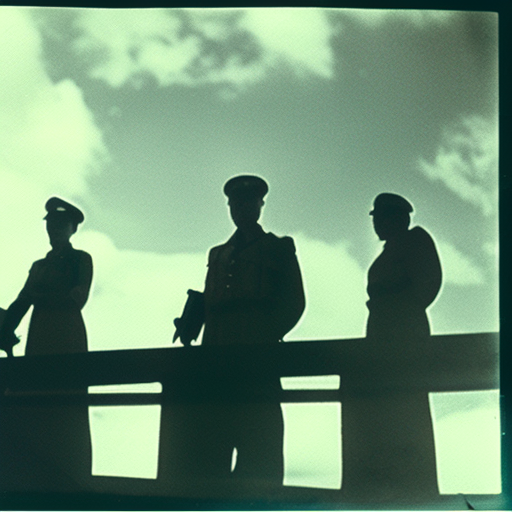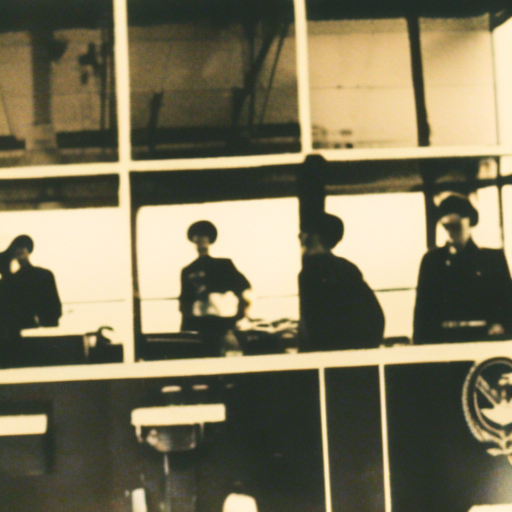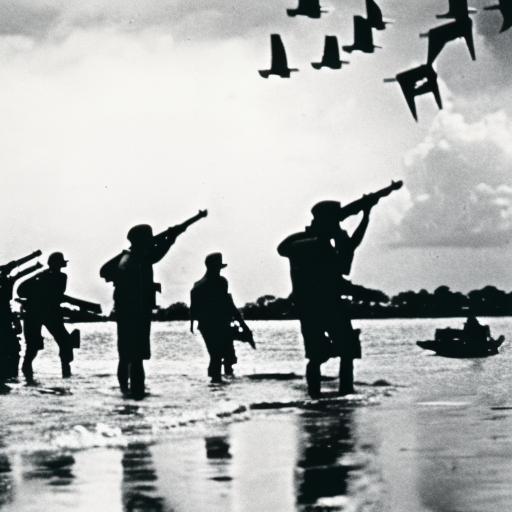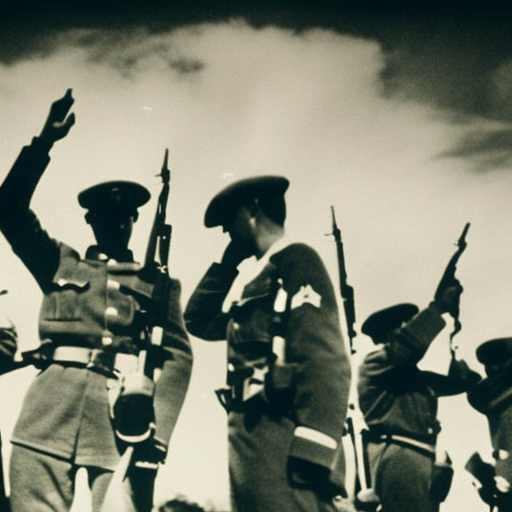The Alliance for Progress (1961)
The Alliance for Progress was an economic development program initiated by President John F. Kennedy in 1961 to promote social progress and economic growth in Latin America. It aimed to address the widespread poverty and social inequality in the region and prevent the spread of communism.
Background:
During the Cold War, Latin America was seen as a crucial battleground between the United States and the Soviet Union. The region faced significant social and economic challenges, including high levels of poverty, political instability, and a large gap between the rich and the poor. The Cuban Revolution in 1959 had also heightened concerns about the spread of communism in the region.
Goals:
The primary goal of the Alliance for Progress was to promote economic development and social reform in Latin America. It aimed to achieve this through a combination of financial aid, technical assistance, and investment in infrastructure projects. The program also sought to strengthen democratic institutions, improve education and healthcare, and reduce social inequalities.
Key Components:
The Alliance for Progress consisted of several key components. First, it involved a significant increase in economic aid to Latin American countries. The United States pledged to provide $20 billion in aid over a ten-year period, with the hope that other countries and international organizations would also contribute.
Second, the program emphasized the importance of land reform. It aimed to address the issue of large landholdings and promote the redistribution of land to small farmers. This was seen as a way to alleviate poverty, increase agricultural productivity, and reduce social tensions.
Third, the Alliance for Progress focused on education and healthcare. It aimed to improve access to education and healthcare services, particularly for the poor and marginalized populations. The program supported the construction of schools and hospitals and provided scholarships for students to study in the United States.
Fourth, the program sought to promote economic development through investment in infrastructure projects. This included the construction of roads, bridges, ports, and power plants. The goal was to improve transportation and communication networks, stimulate economic growth, and attract foreign investment.
Successes and Challenges:
The Alliance for Progress achieved some notable successes. It helped to modernize agriculture, improve education and healthcare, and promote economic growth in several Latin American countries. It also contributed to the consolidation of democratic institutions and the reduction of social inequalities in some cases.
However, the program faced several challenges. The implementation of land reform was often slow and faced resistance from powerful landowners. Corruption and mismanagement also hindered the effective use of aid funds. Additionally, the program’s success varied across countries, with some experiencing more significant progress than others.
Legacy:
The Alliance for Progress had a mixed legacy. While it did not fully achieve its ambitious goals of eradicating poverty and social inequality in Latin America, it did contribute to important social and economic reforms in the region. It also laid the groundwork for future development initiatives and cooperation between the United States and Latin American countries.
In conclusion, the Alliance for Progress was a comprehensive economic development program initiated by President Kennedy to address the social and economic challenges in Latin America. It aimed to promote economic growth, social progress, and democratic governance through financial aid, land reform, education, healthcare, and infrastructure projects. While the program faced challenges and did not achieve all its objectives, it made significant contributions to the region’s development and laid the foundation for future cooperation.
